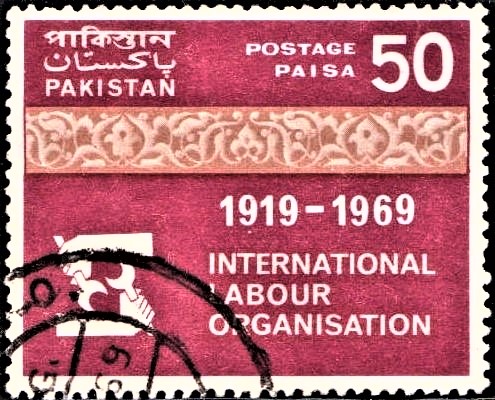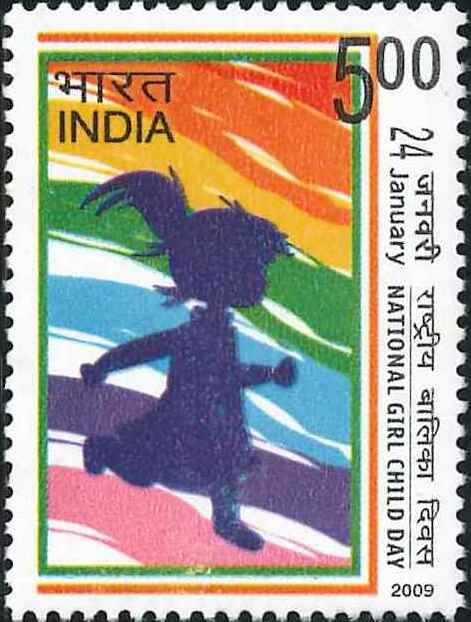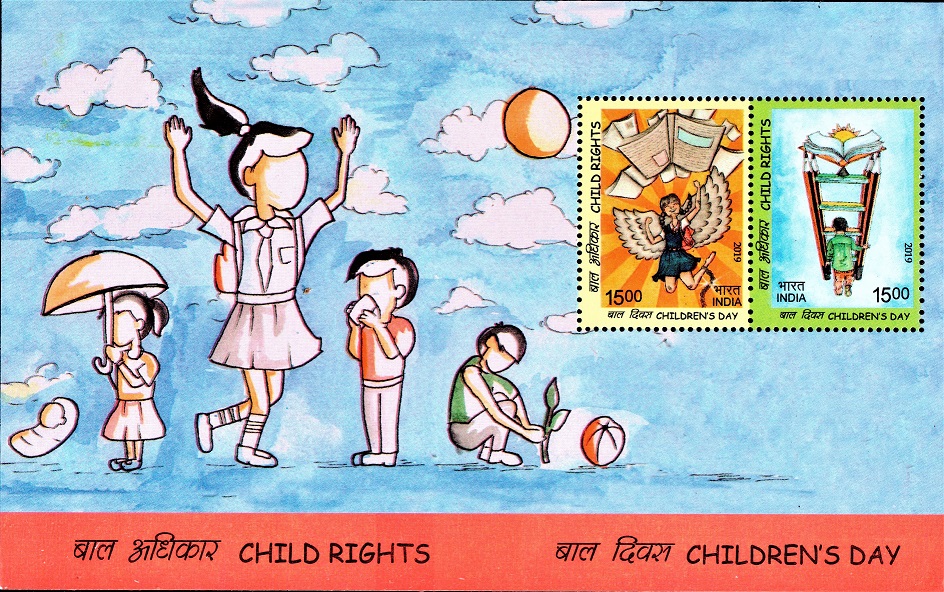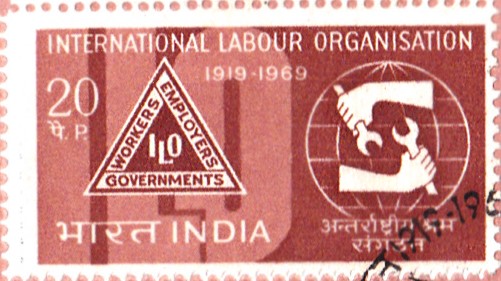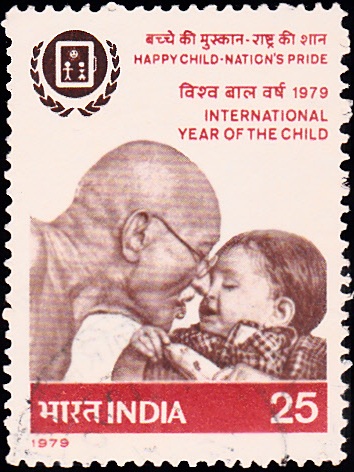
India on Stop Child Labour
Complete Set of 4 nos of postage stamp on the Stop Child Labor Campaign engaged in various works :





 Issued by India
Issued by India
Issued on Dec 26, 2006
Issued for : By issuing a set of four commemorative postage stamps the Department of Posts affirms its commitment to spread awareness among the people in order to “Stop Child Labour”.
Credits :
Stamp & FDC : Brahm Prakash
Cancellation : Nenu Gupta
Type : Se–tenant pair of 4 Stamps, Mint Condition
Colour : Multi Colour
Denomination : 500 Paise each
Stamps Printed : 1.6 Million
Printing Process : Wet–offset
Printer : India Security Press, Nashik
About :
- Child labour is especially prevalent in the developing countries, and in rural areas where enforcement of schooling and minimum age requirements for work becomes difficult. It is mainly poverty that drives parents to set their young children to work and support the family. In the process these working children become objects of extreme exploitation.
- India has all along followed a proactive policy with respect to the problem of child labour, and has stood for constitutional, statutory and developmental measures to combat child labour. Six ILO conventions relating to child labour have been ratified, three of these as early as the first quarter of this century.
- Being a party to the UN Declaration on the Rights of the Child 1959, India adopted the National Policy on Children in 1974. The policy reaffirmed the constitutional provisions and stated that “it shall be the policy of the State to provide adequate services to children, both before and after birth and through the period of growth to ensure their full physical, mental and social development. The State shall progressively increase the scope of such services so that within a reasonable time all children in the country enjoy optimum conditions for their balanced growth.“
- India‘s first act on the subject was the enactment of the Children (Pledging of Labor) Act of February 1933. This was followed by the Employment of Children Act in 1938. Subsequently, twelve additional legislations were passed that progressively extended legal protection to children. Provisions relating to child labour under various enactment such as the Factories Act, the Mines Act, the Plantation Labour Act etc. have concentrated on aspects such as reducing working hours, increasing minimum wage and prohibiting employment of children in occupations and processes detrimental to their health and development.
- The Child Labour (Prohibition & Regulation) Act 1986 of India was the culmination of efforts and ideas that emerged from the deliberations and recommendations of various committees on child labor. Significant among them are the National Commission on Labour (1966-1969), Gurupadaswamy Committee on Child Labour (1979), and the Sanat Mehta Committee (1984).
- The Act aims to prohibit the entry of children into hazardous occupations and to regulate the services of children in non-hazardous occupations. The Act, in particular,
- bans the employment of children, i.e. those who have not completed their 14th year, in specified occupations and processes (Annexure-I).
- lays down a procedure to make additions to the schedule of banned occupations or processes;
- regulates the working conditions of children in occupations where they are not prohibited from working;
- lays down penalties for employment of children in violation of the provisions of this Act, and other Acts which forbid the employment of children;
- brings uniformity in the definition of the “Child” in related laws.
- The Government of India has recently decided to prohibit the employment of children as domestic servants and in tea-shops and dhabas, restaurants, hotels, motels, resorts, spas or other recreational centres. A Notification to this effect was issued on 10th July 2006, giving a mandatory three-month’s notice for this purpose. A final Notification has been issued on 10th October, 2006, under the Child Labour (prohibition & Regulation) Act, 1986.
- Under the National Policy of Child Labour, various National Child Labour Projects have been set up in different areas with a view to rehabilitate the child labourers. A major activity undertaken under the NCLP has been the establishment of special schools to provide non-formal education, vocational training, supplementary nutrition etc. to children withdrawn from employment. The Government is also providing funds to various NGOs for running special schools for the rehabilitation of child labourers, thereby providing for a greater role and inviting the cooperation of the civil society.
- It is true that the problem of child labour, being inextricably linked with poverty and illiteracy, cannot be solved by legislations alone. A holistic approach, and multi-pronged and concerted efforts are required to tackle this problem, and, above all, the common man has to say no to child labour if this practice is to be eliminated.
- Text : Material provided by Ministry of Labour.
Subscribe
Login
0 Comments



